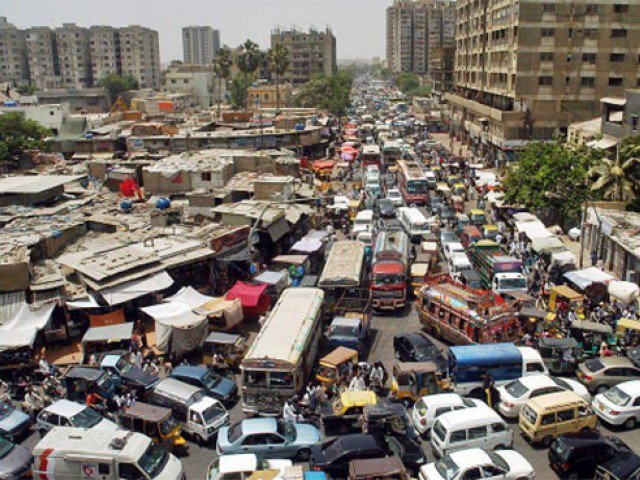
Is Karachi ready to be the second largest city in the world in 15 years?
The ADB estimates that the current population of the city is merely 16.62 million and that by 2030, its population will increase by 50 per cent, making Karachi the fifth-most populous city in the world. Other assessments consider Karachi’s existing and projected population to be much larger. One such estimate places the city’s existing population around the 22 million mark, based on arguments that assessments like that of the ADB do not adequately account for the continuing arrival of migrants into Karachi. Various push factors, such as the lingering violence in Khyber-Pakhtunkhwa, recent floods, and a general lack of opportunities in rural Sindh and southern Punjab are constantly bringing waves of new residents to the city. Yet, these demographic discrepancies are understandable, given that Pakistan has not had a census for the past 16 years.
Lack of accurate statistics notwithstanding, Pakistan is urbanising rapidly and in a decade or two, more than half the people in the country will probably be found residing in cities. Yet, our urban planners seem to lack the vision to cope with the accompanying needs of this growing urban populace. In theory, increasing urbanisation can be a good thing since it can usher in advantages of proximity and density, which help create larger markets for goods and services. In turn, large markets can help build social capital, facilitate greater interactivity, innovation and entrepreneurship. Our large cities like Karachi or Lahore could also avail of these advantages provided that there is better planning and more effective utilisation of available resources. The current state of unplanned and haphazard urban development will, however, prove a major stumbling block for turning Karachi into a hub of inclusive growth.
Karachi popular, Lahore and Islamabad fail to match
Large-scale production and diverse services demand efficiencies and specialisation, which only an educated and trained workforce can deliver. Pakistan, including its major cities, cannot boast of such human resource capacity given our low literacy rates and the poor quality of education. Pakistan is placed among top 11 economies of the Asia and Pacific region that are facing the challenge of malnutrition. The hunger and unskilled poor people, who will comprise the majority of the growing population in Karachi and elsewhere in the country, are thus ill-equipped to avail the potential opportunities for boosting economic growth.
While the ADB speaks of “inclusive growth”, it also relies heavily on the same market-based strategies which other international lending agencies like the IMF and the World Bank promote. Market-based development seems incapable of offering a level playing field to marginalised people, and instead continues to facilitate elite-led and rather exclusive opportunities of growth. Our larger cities will need much more proactive planning and investment in human development to make them poor-friendly. There is need to specifically cater to the housing, transportation, health and education needs of the poorer segments of the urban populace in order to make them more economically productive. Unless such inclusiveness is inculcated, the average standard of living of the urban populace will not improve, and the chaos and social fragmentation already evident in major cities like Karachi, will only worsen in the coming years.
Why Lahore is better than Karachi today
Published in The Express Tribune, November 27th, 2015.
Like Opinion & Editorial on Facebook, follow @ETOpEd on Twitter to receive all updates on all our daily pieces.































1714129906-0/Clint-Eastwood-(1)1714129906-0-270x192.webp)






COMMENTS (7)
Comments are moderated and generally will be posted if they are on-topic and not abusive.
For more information, please see our Comments FAQ